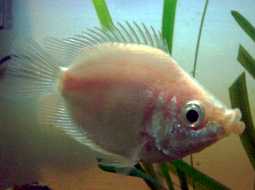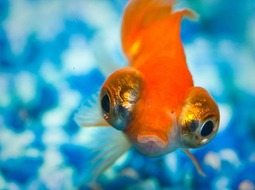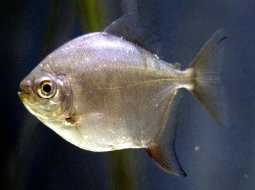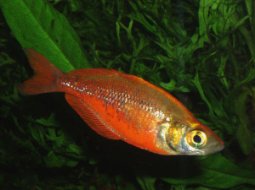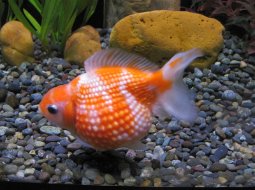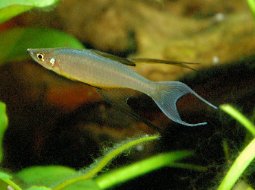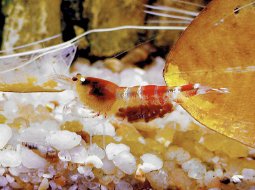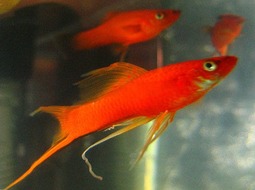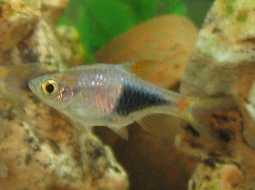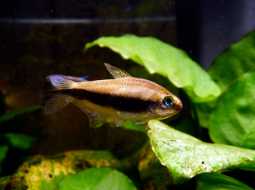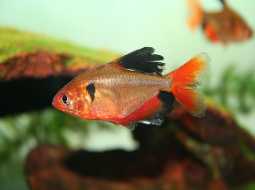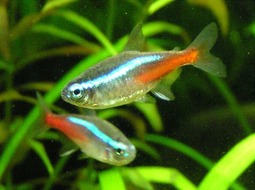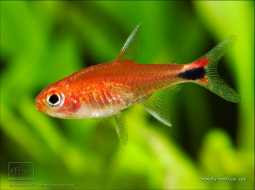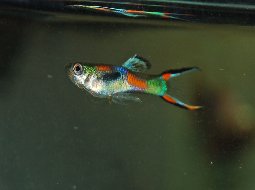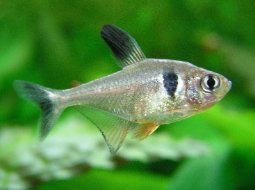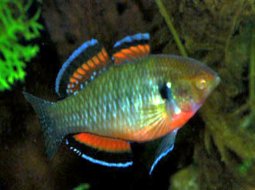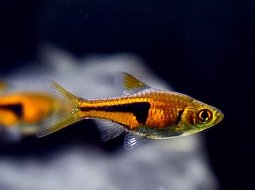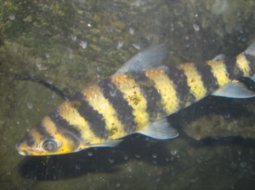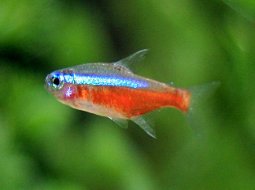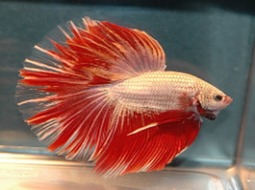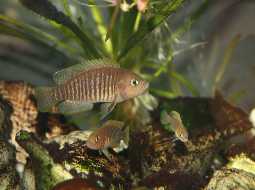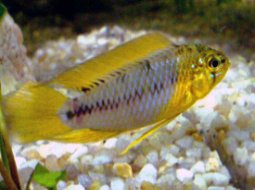
Loading Aqualapp ...
Care and Compatibility of Glass Catfish - Kryptopterus bicirrhis
Introduction
The glass catfish has a slender and elongated body, with a long dorsal fin and pointed ventral fins. Its most notable feature is its transparent skin, which gives it an almost invisible look in the water. Despite their fragile appearance, they are hardy fish and can live in a wide range of water conditions.
Behavior
The glass catfish, also known as Kryptopterus bicirrhis, is a fascinating species known for its transparent body and long whiskers. These fish are peaceful and calm, and they adapt well to community aquariums. They are known for their graceful swimming and unique appearance.
Sexual Dimorphism
Sexual dimorphism in Kryptopterus bicirrhis is minimal and difficult to distinguish. Both males and females have a similar appearance.
Reproduction
Breeding glass catfish can be challenging in an aquarium setting. They are free-spawning fish, meaning the female will release the eggs into the water and the male will fertilize them. To increase the chances of successful breeding, it is recommended to provide hiding places or floating plants where the female can deposit her eggs.
Aquarium Conditions
Kryptopterus bicirrhis, commonly known as the glass catfish, requires a spacious aquarium with open swimming areas and adequate hiding spots. It prefers soft to moderately hard water and a warm temperature. Aquarium décor should include soft plants and places to hide. Maintaining water quality is crucial and providing a balanced diet.
Feeding
They are omnivorous fish and feed on a variety of foods. In their natural habitat, they mainly feed on small aquatic organisms, larvae, and small crustaceans. In the aquarium, they can be offered live or frozen foods, as well as commercial foods in the form of flakes or pellets.
Complexity
Caring for Kryptopterus bicirrhis can be moderately challenging. They are quiet and peaceful fish that can be sensitive to poor water quality and stress. It's recommended to keep them in groups of at least six individuals. They are omnivores and accept a variety of foods, including live and frozen foods.
In case you need more help, or if you want to know into any topic related to the Kryptopterus bicirrhis (Glass Catfish) and even any other species you can use the forums to ask what you need.
To do an analysis more detailed about coexistence and behavior of Kryptopterus bicirrhis (Glass Catfish) use the Aquarium simulation tool, if you do this you can test different ways to combine the Glass Catfish with other fishes giving the dimensions and space on you aquarium, on this way you can known the optimal configuration for keep the fishes that you want.
You can also find out the 105 species compatible with the Kryptopterus bicirrhis (Glass Catfish) can live together.
Note: The parameters of the water such as PH and temperature are also used to calculate the compatibility of the species.
Compatible species (105)
Compatible (63 Species)
Compatible without any restriction
El pez gato cristal aunque es muy quieto, a la hora de comer es muy rápido al ir por su alimento
Al haber más individuos crean un grupo más grande que nadaran juntos para protegerse mutuamente.
Similar Sizes (14 Species)
They can coexist if they are the same size or very similar sizes, it does not work in all cases, there may be exceptions.
Considerable size difference (3 Species)
They can coexist while they are similar in size or the size difference is not very abysmal, since as the fish grows it increases the chances of eating its partner that did not grow much.
Food competition (19 Species)
They can live together but you have to be careful since it is likely that the fastest fish will take all the food and leave nothing for their partners who are slow swimmers, so you have to make sure that everyone can eat.
Compatible if space is enough (6 Species)
They can coexist together if the aquarium they share is large and spacious enough for both species to feel good, as some fish may attack others to feel that they have little space and try to eliminate the competition.
Glass Catfish
Kryptopterus bicirrhis
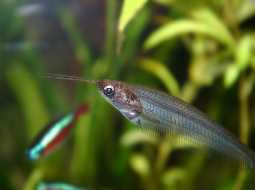
- Ph: 6.5 - 7.5
- Temperature (c°): 20 - 25
- Measures: 10 cm - 15cm
- Aquarium Capacity:
23 Liters - 6 Gallons - Alimentación: Carnivores
- Colores: Transparent
- Comportamiento: Active, Likes to take refuge, Peaceful, Shoal
- Habitad: Asian
- Preferencias del Acuario: Natural plants, Sand
- Tamaño: Medium, Small
- Taxonomía: Fish
- Tipo de Agua: Sweet water, Tropical waters
- Velocidad de nado o movimiento: Slow
- Zona de Nado: Swim in the middle of the aquarium



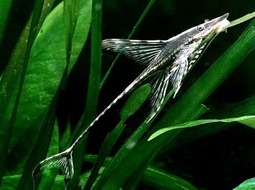

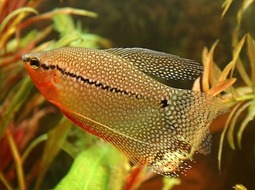

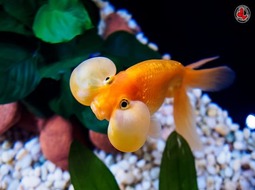
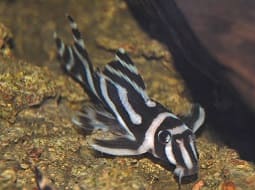



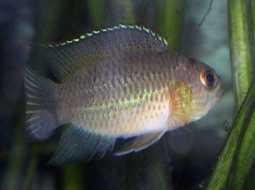

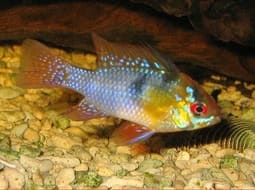
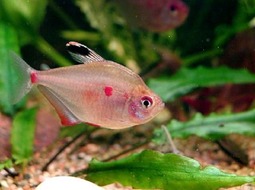
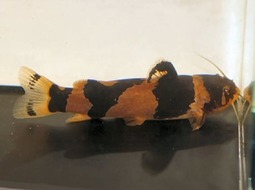

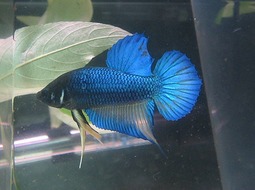


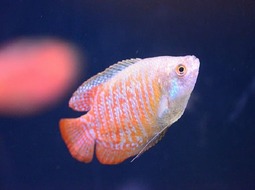
.jpg)
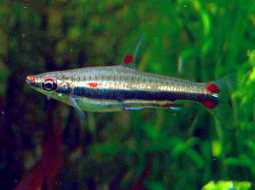

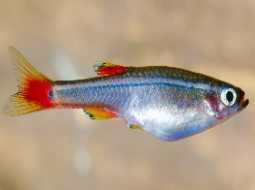


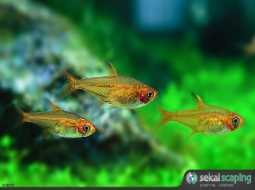
.jpg)


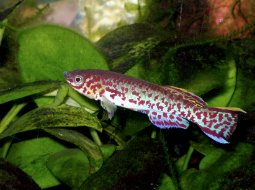







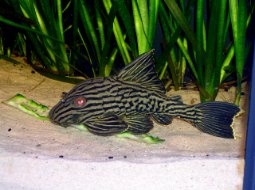
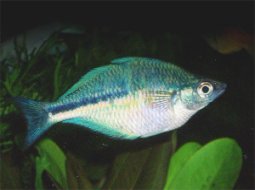



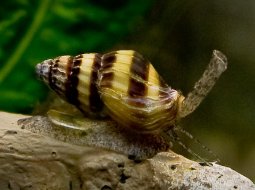



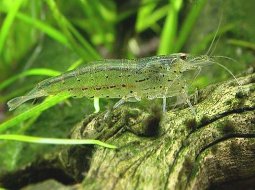
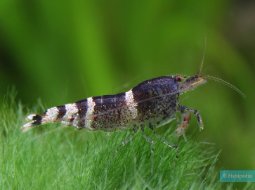
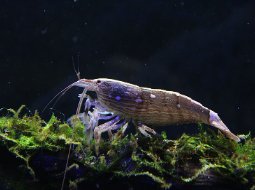




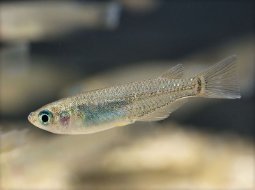

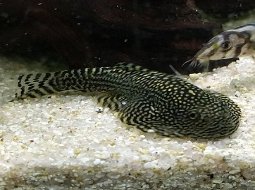
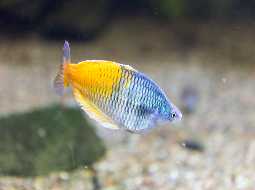



.jpg)
